Prompt: In 1840, the French government sought permission from the British government to move Napoleon‘s remains to France. The British government agreed, and the French envoy, Count Charles de Montolan, arrived on the island of St. Helena and took over the remains of Napoleon. Napoleon’s remains were transported to Paris on the British battleship Friedland. Napoleon‘s remains returned to the land of France after 19 years.
Style: Cinematic









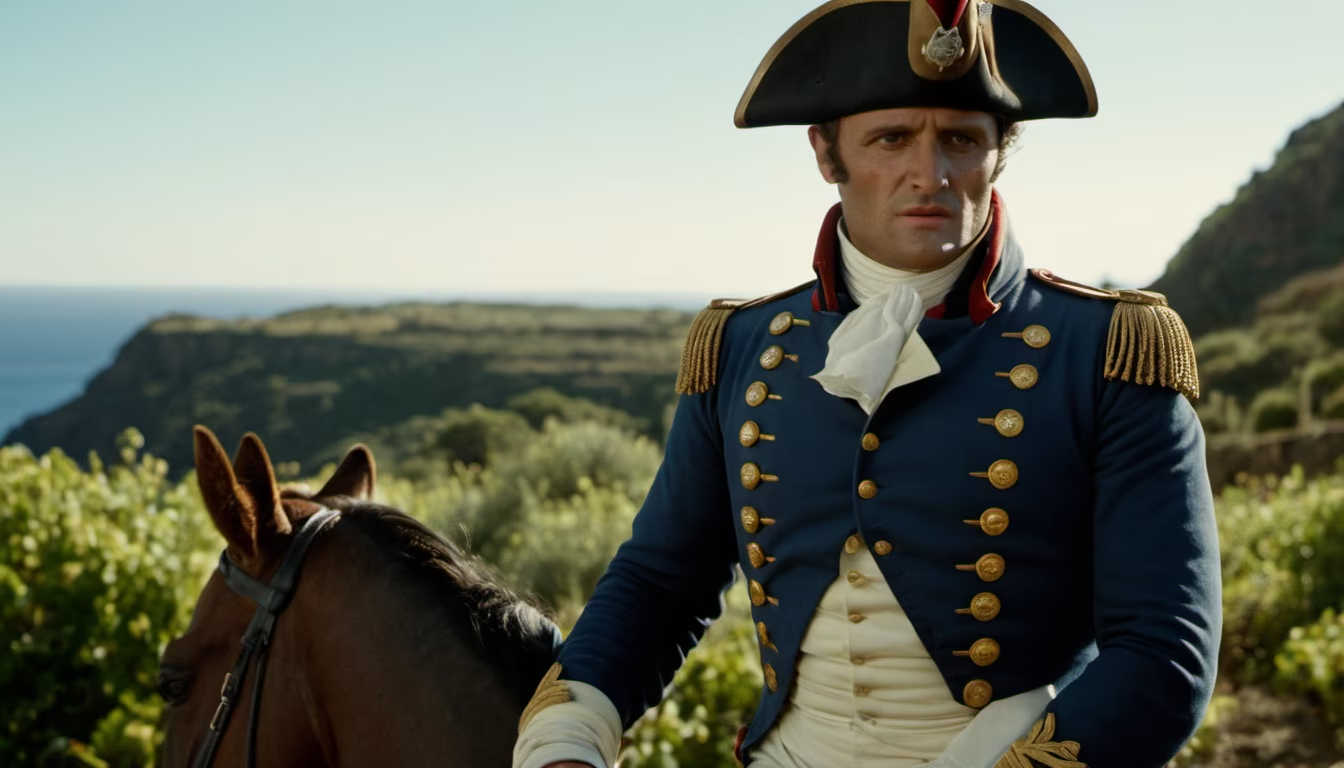


Prompt: Napoleon breaks through the center of the enemy, and in 1805, Napoleon battled Austria and Russian allies at Austerlitz. He dispersed the enemy’s power, and concentrated his army in the center of the enemy. He broke through the center of the enemy, besieged both wings of the enemy and won a great victory. This battle is regarded as a testament to Napoleon’s military genius.
Style: Cinematic




Prompt: Emperor’s accession ceremonyImage: Napoleon wearing a crown at Notre Dame Cathedral in ParisDescription: In 1804, Napoleon proclaimed himself emperor. He held a splendid inauguration at Notre Dame Cathedral in Paris. He did not receive a crown from Pope Pius VII, but in the act of using the crown himself. He became the founder of the First French Empire.
Style: Cinematic






Prompt: Napoleon enters parliament with soldiers, 1799, Napoleon returns from an Egyptian expedition. He took advantage of the political turmoil in France to stage a coup. He dissolved parliament, and elected himself as the first president. He became the leader of the First Republic. Cinematic, realistic
Style: Cinematic
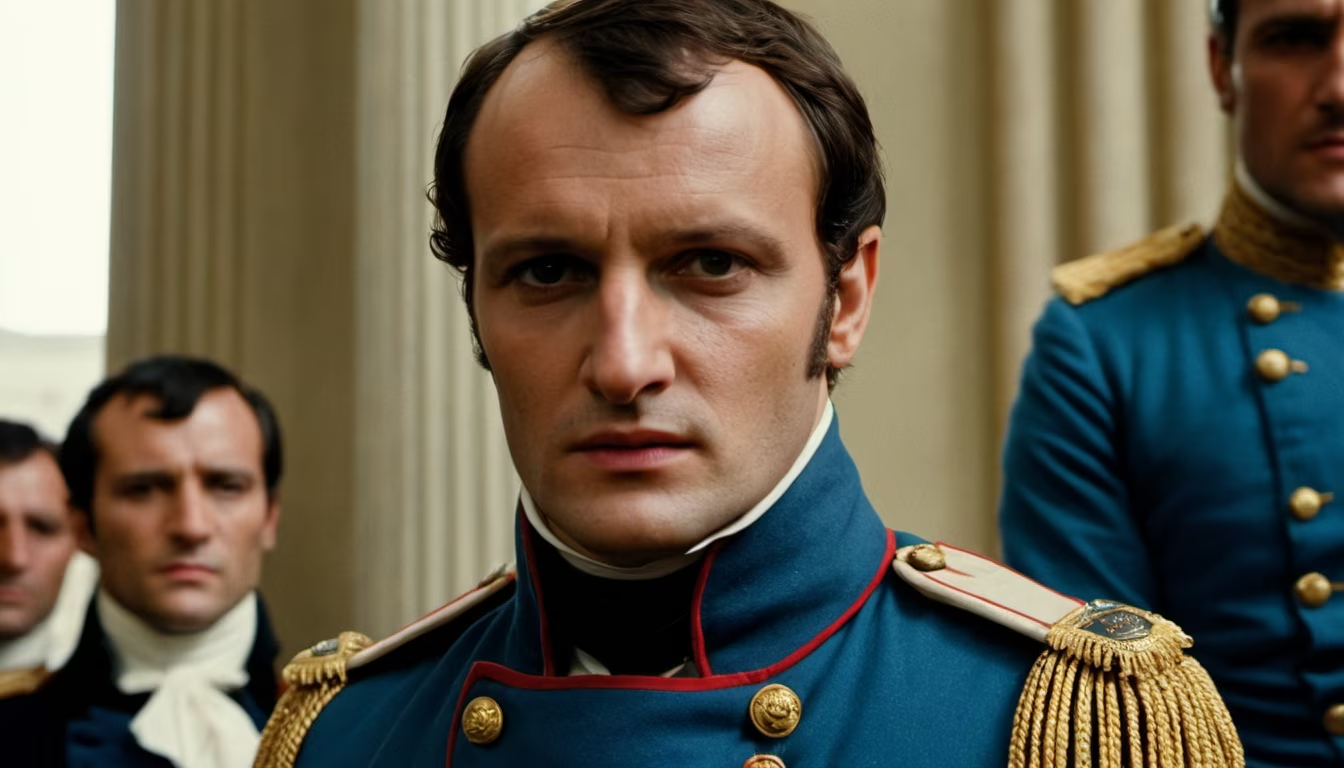







Prompt: Napoleon riding a horse and leading an army, in 1796, Napoleon became the commander-in-chief of the Italian Expeditionary Force. He defeated several Allied forces of Austria and Sardinia, which were enemies of France, and signed treaties with several Italian city-states. He expanded France's influence through the war, securing loot and funds. Cinematic, realistic
Style: Cinematic



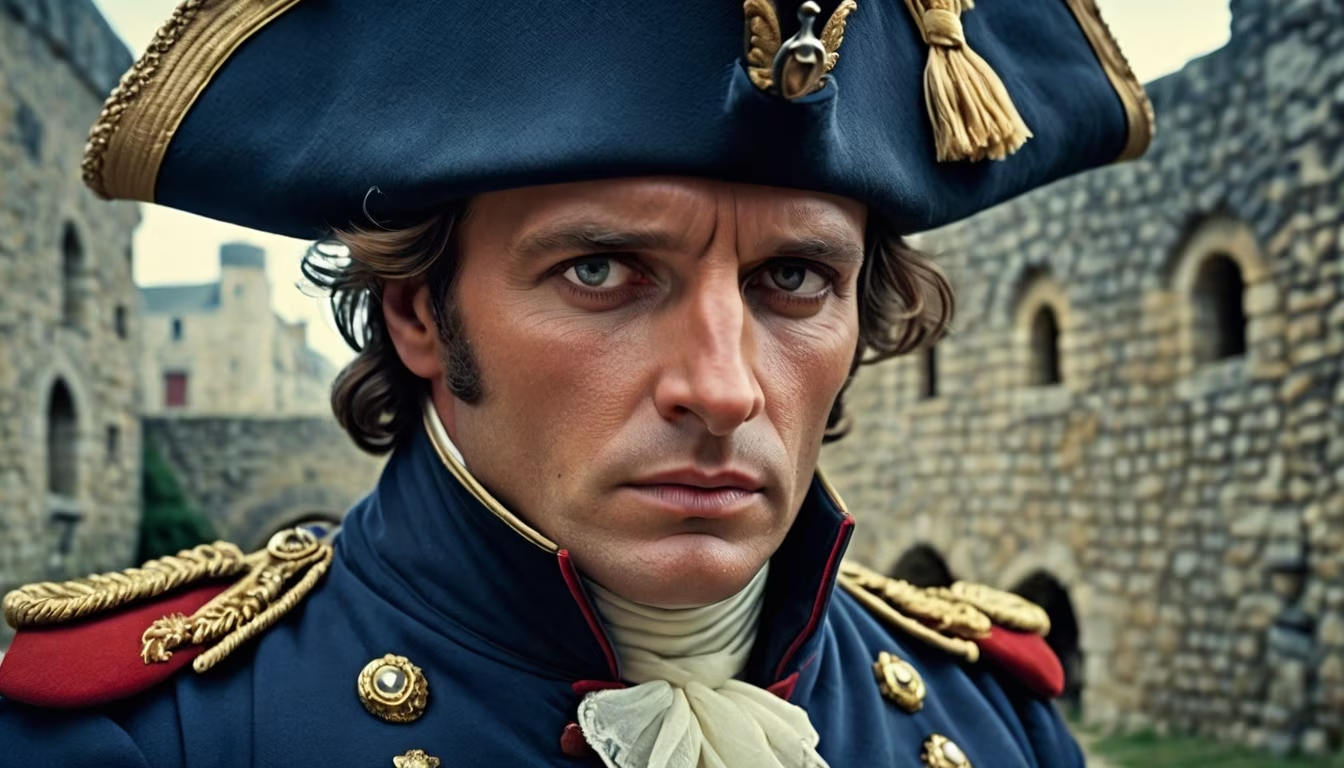
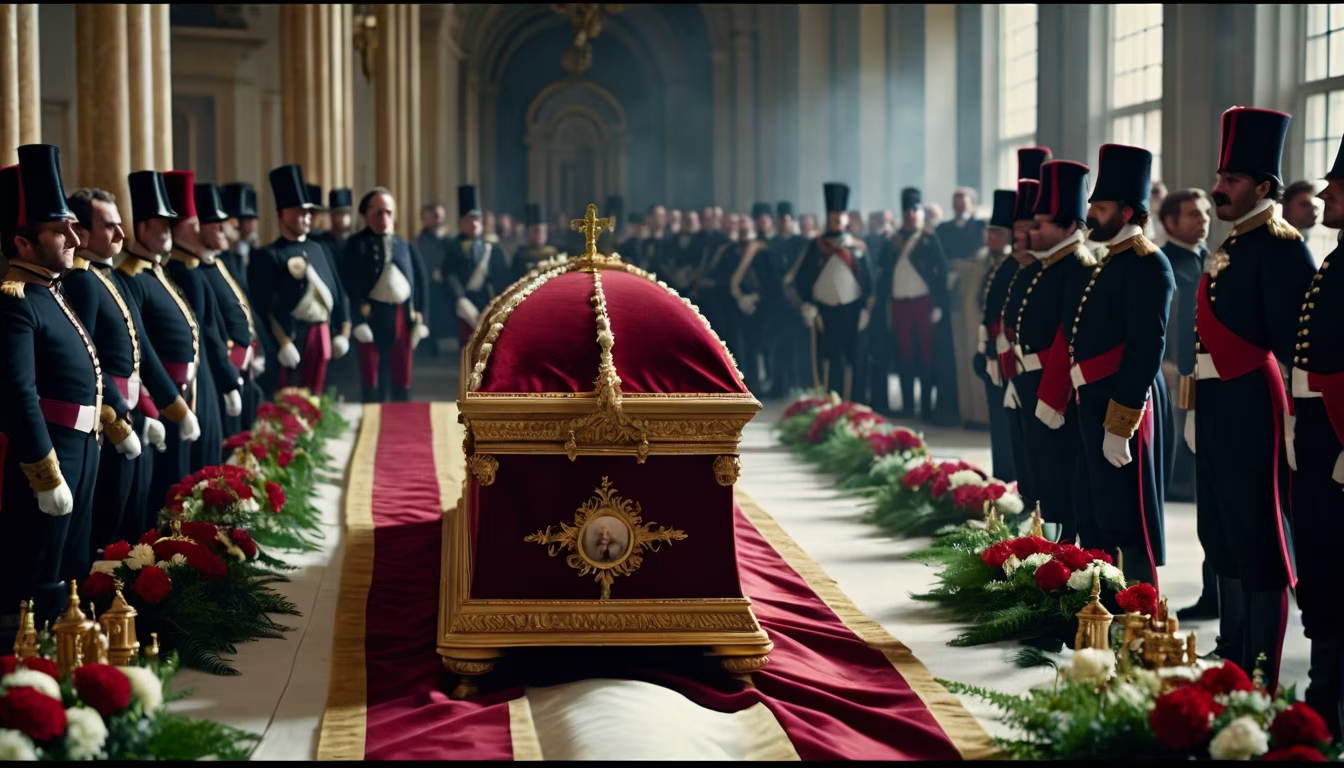

Prompt: 1769 Napoleon’s birthplace, Ajaccio on the island of Corsica, a small town where mountains and sea blend. Napoleon‘s birthplace is a two-story building made of white brick, with blue doors and windows.
Style: Cinematic
























Prompt: Ajaccio on the island of Corsica, a landscape of a small town with mountains and sea. Napoleon’s birthplace is a two-story building made of white brick, with blue doors and windows. In front of the building is a statue of Napoleon and a commemorative plate.
Style: Cinematic

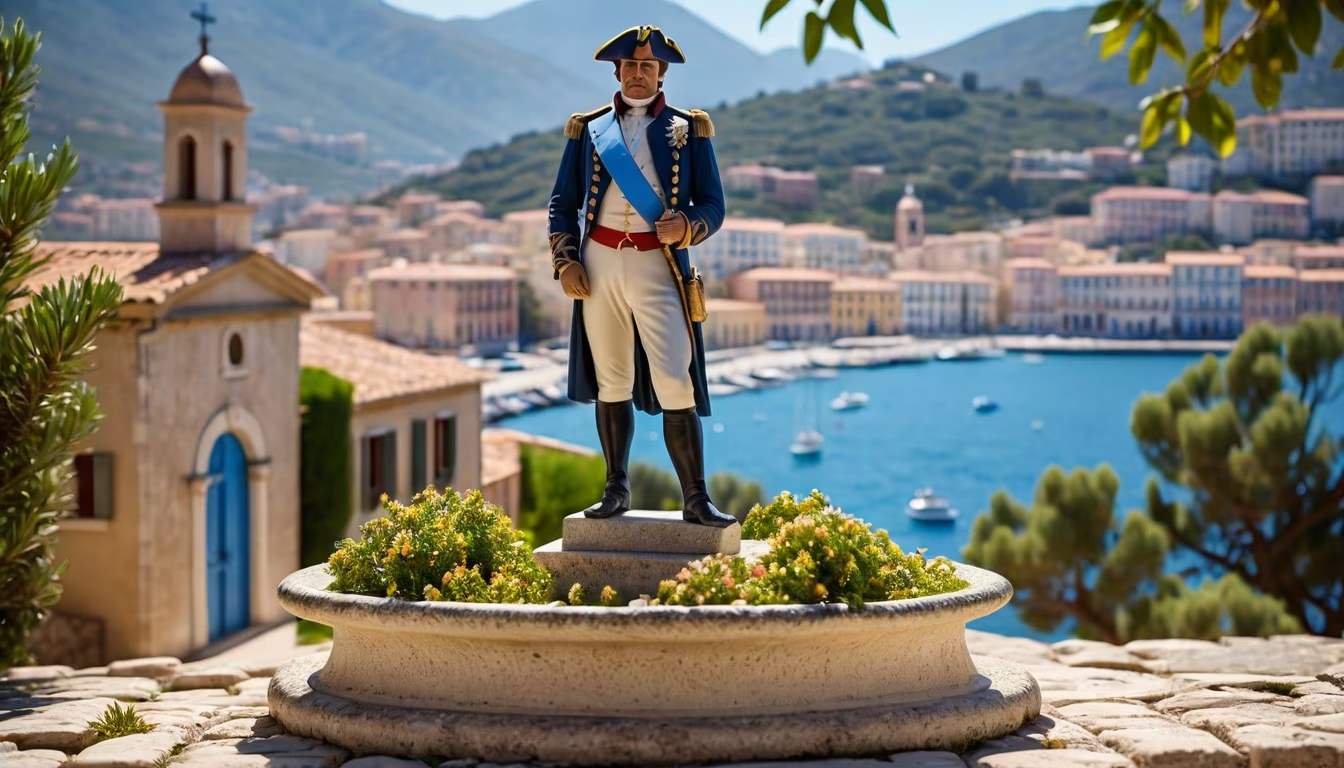

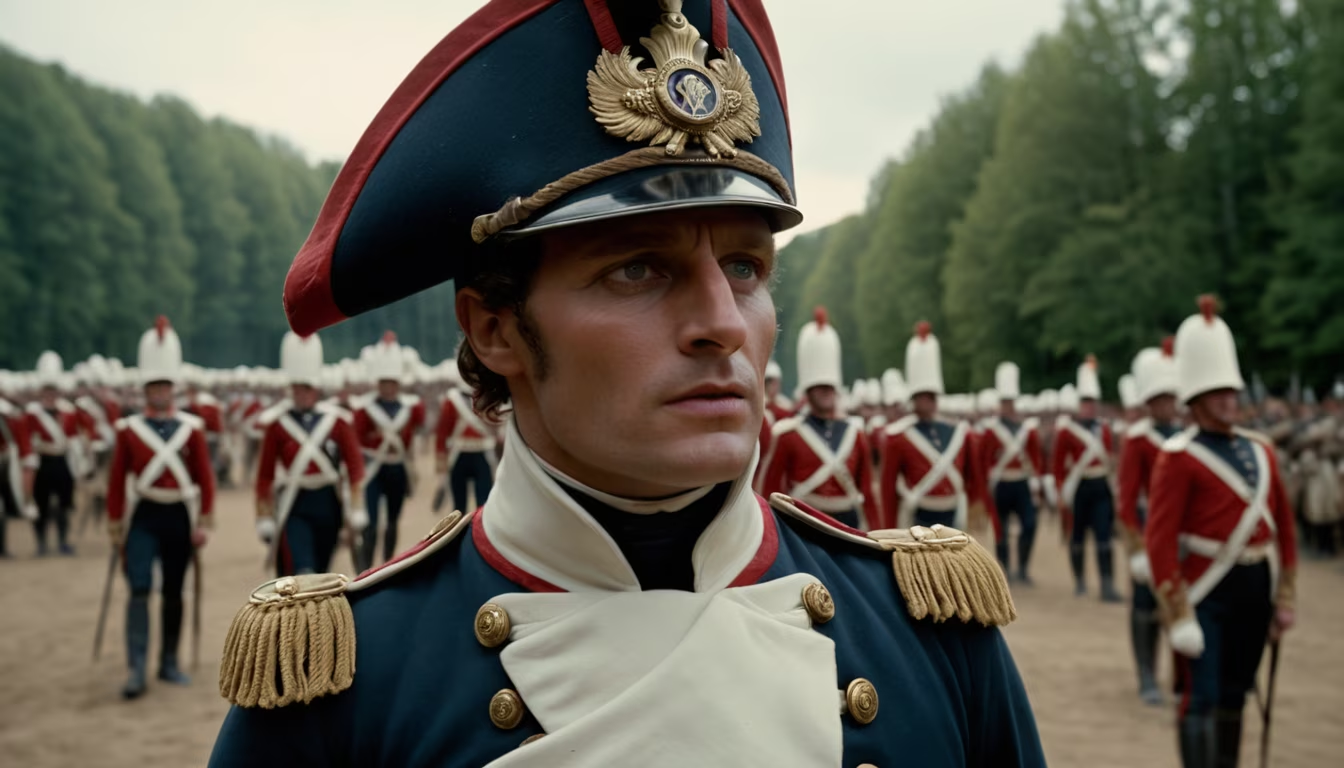






Prompt: Capture the historical turning point in 1856 with an evocative image prompt, illustrating the death of French missionary Auguste Chapdelaine in Guangxi province as the pivotal event that provided France with the pretext to join Britain in its war against China.\"
Style: Cinematic

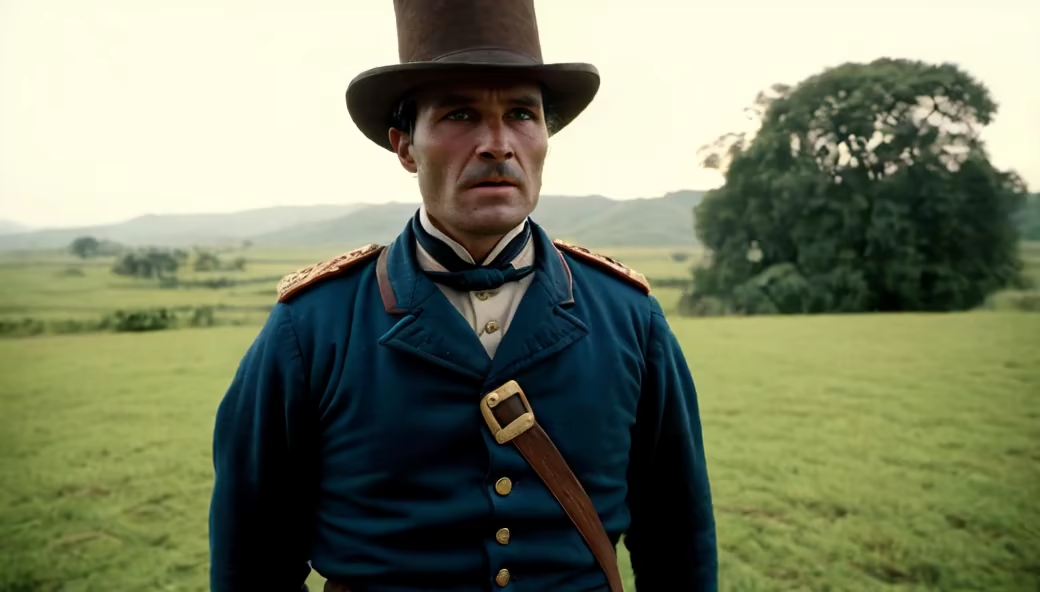








Prompt: Napoleon's birth certificate on an old paper, a document written in French and Corsican, Napoleon's name is written in Nabrione, with the names and signatures of his parents and witnesses. The date of the document is November 4, 1769, and was written four months after Napoleon was born. Cinematic, realistic
Style: Cinematic


Prompt: Napoleon's birth certificate on an old paper, a document written in French and Corsican, Napoleon's name is written in Nabrione, with the names and signatures of his parents and witnesses. The date of the document is November 4, 1769, and was written four months after Napoleon was born. Cinematic, realistic
Style: Cinematic




Prompt: Epic Thug Life: Napoleon Bonaparte's seizure of the throne and unforgettable moments proving his power
Style: Cinematic
















Prompt: The Opium Wars of the 19th century were pivotal conflicts that stemmed from the opium trade between China and Western powers. Investigate the intricate dynamics of the opium trade during the Opium Wars. Analyze the mechanisms by which the opium trade became a catalyst for conflict between China and Britain. Explore the economic, political, and social ramifications of the opium trade on both sides, considering the British pursuit of profit and the Chinese efforts to suppress the trade. Examine how the opium trade transformed diplomatic relations, contributing to a significant imbalance in power dynamics. Evaluate the sequence of events during the Opium Wars, highlighting the role of the opium trade as a primary cause and the subsequent implications for global trade, sovereignty, and international relations. Delve into the perspectives of key stakeholders involved and consider the long-term consequences of these conflicts on the affected nations and global perceptions of trade and imperialism.
Style: Cinematic










Prompt: An evocative visual portrays a dramatic maritime scene from the historical period of the Opium Wars. The image encapsulates the intensity of naval warfare during this time, showcasing a fierce confrontation between British and Chinese naval forces on the open sea. The foreground exhibits the tumultuous waters, roiled by the clash of warships, their sails taut against the wind. British war vessels, sleek and sturdy, engage in a strategic formation, cannons protruding from their sides, billowing smoke and fire as they exchange volleys with Chinese junks, adorned with colorful sails and intricate designs. The horizon is dominated by the vast expanse of the sea, with the sky painted in hues of orange and red from the setting sun, casting a fiery glow on the tumultuous scene. In the distance, the silhouettes of more ships approach, indicating the ongoing nature of the conflict and the continuous struggle for naval dominance. This image encapsulates the pivotal battles fought at sea during the Opium Wars, showcasing the high-stakes confrontations, technological disparities, and the crucial role of naval power in shaping the outcome of the conflicts between the British and Chinese forces.
Style: Cinematic
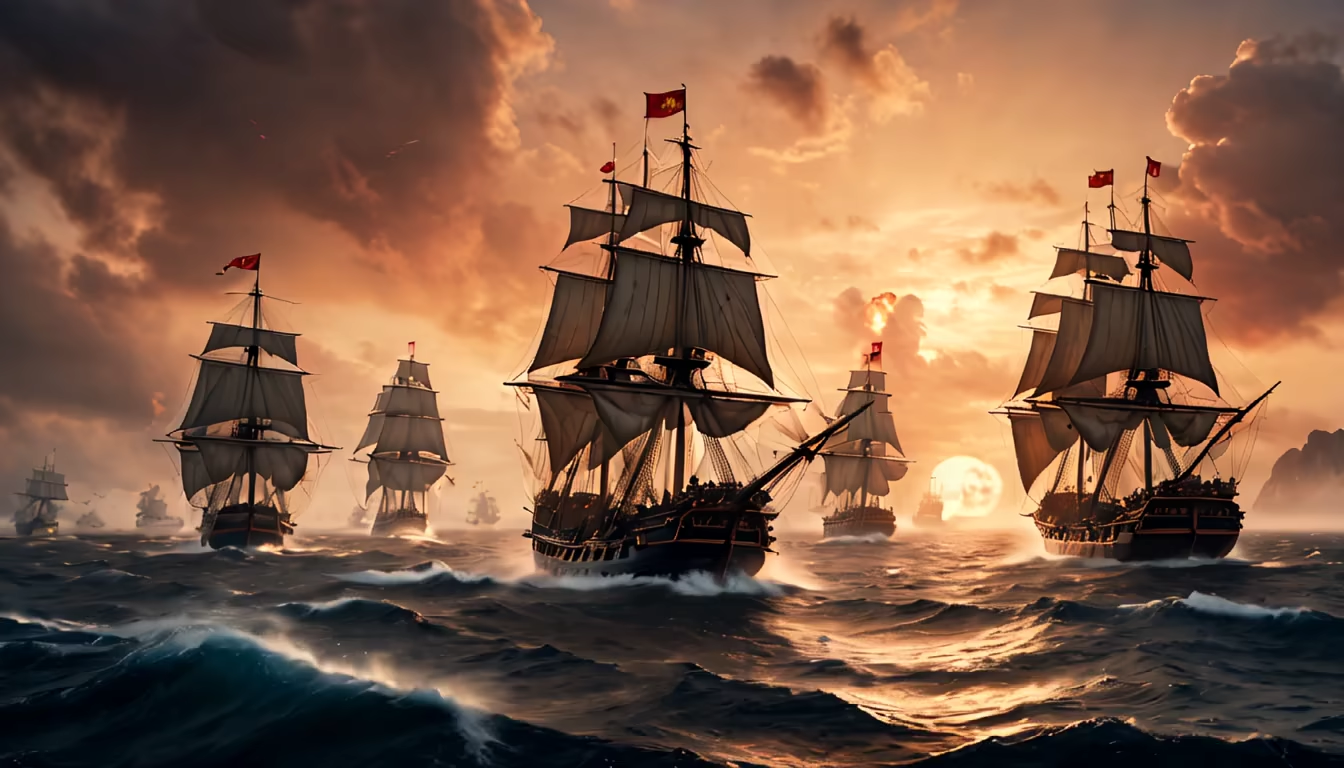
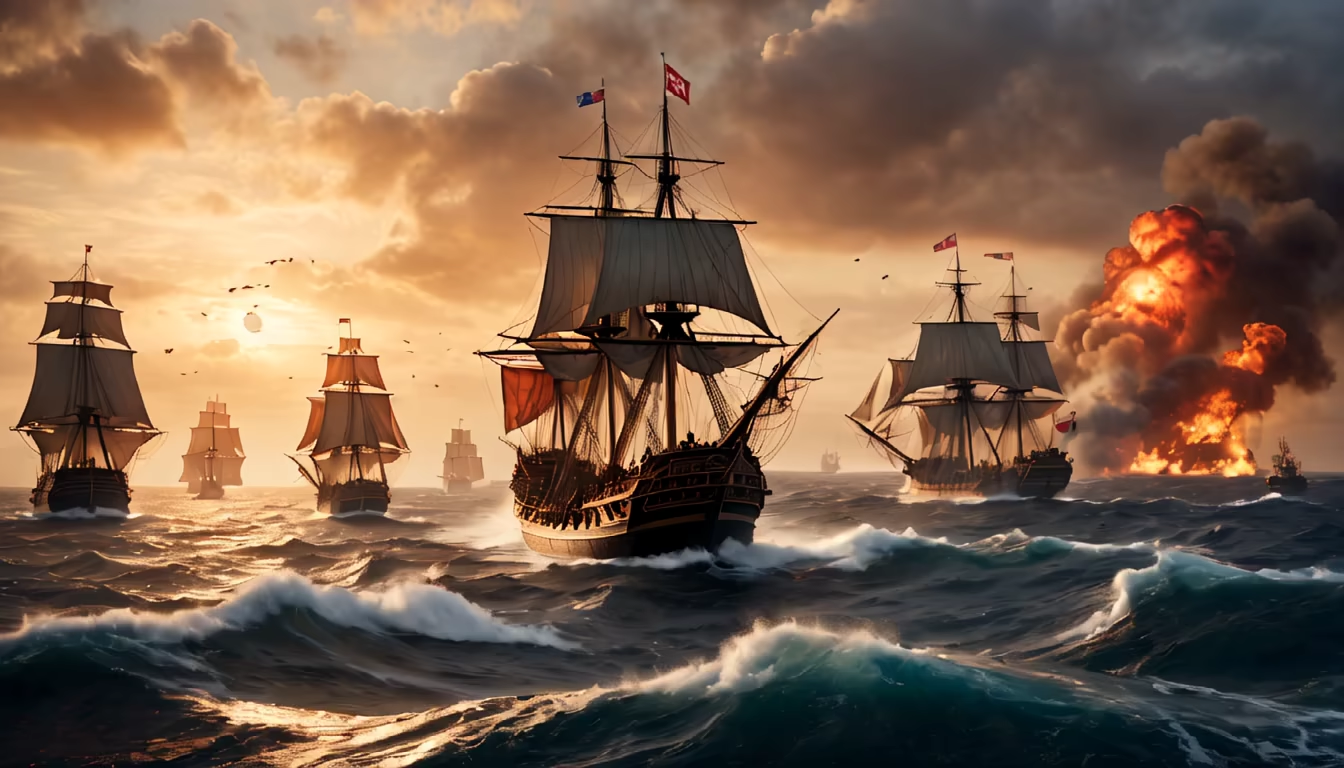
Prompt: In the battle scene of Napoleon, soldiers are knocked down and soldiers on horseback are fighting each other. French flag seen and fierce battle scene,Napoleon takes the lead.
Style: Cinematic












Prompt: ancient Egyptian architecture civilization passed through multiple periods, and the Pharaonic families inherited the rule of Egypt, the progression and perspective in the art of architecture, including palaces, temples, and tombs from the era of Nefertari, Ahmose, Amun, Akhenaten, Rasmis II, the Temple of Hatshepsut, Cleopatra’s palaces, and the pyramids, the proportion and Proportion, bird's eye perspective, the moment of sunset
Negative: Dramatic lighting, sunset
Style: Cinematic









